I am text block. Click edit button to change this text. Lorem ipsum dolor sit amet, consectetur adipiscing elit. Ut elit tellus, luctus nec ullamcorper mattis, pulvinar dapibus leo.
Take 10% off when you spend $2500
Free 2-days standard shipping on orders $1500+
Wishlist
Please, enable Wishlist.
macaque monkey
$2,300 – $4,500
- The best selection of macaque monkey for sale at the lowest price on the market
- vaccinated: yes (delivered with a health booklet)
- Age: Baby — lifespan: up to 30 years with proper care
- Maximum size at adulthood: 28 inches
- Diet: fruits, leaves, flowers, bark, seeds, eggs, insects etc.
- Good monkey to keep as a pet for a beginner. Easy to take care of.
20 people are viewing this product right now
babies ring tailed lemur
$2,500 – $4,500


chimpanzee
$10,000 – $20,000

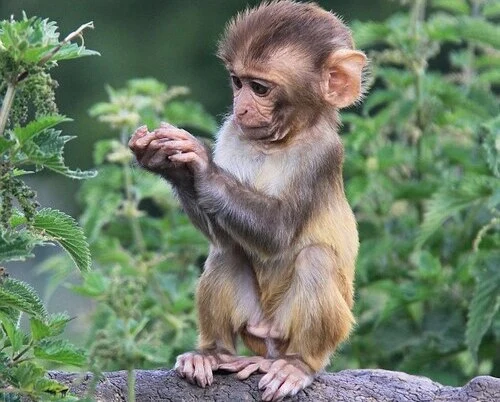
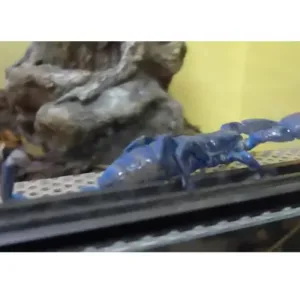

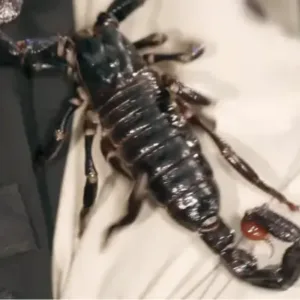
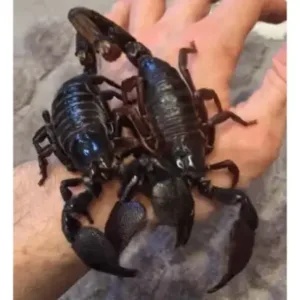
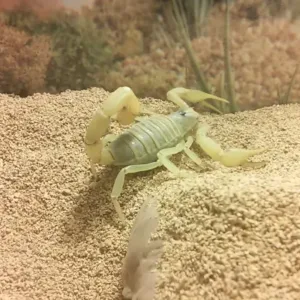

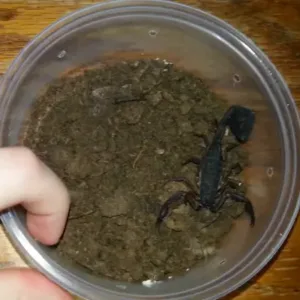
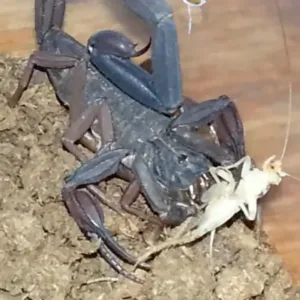
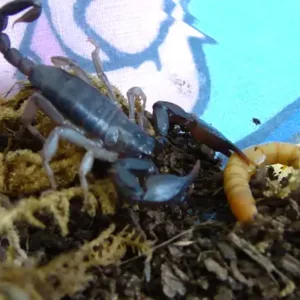
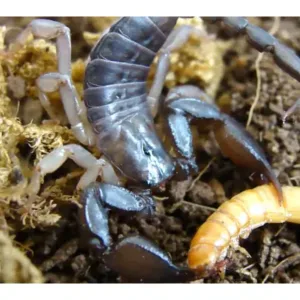
Reviews
There are no reviews yet.